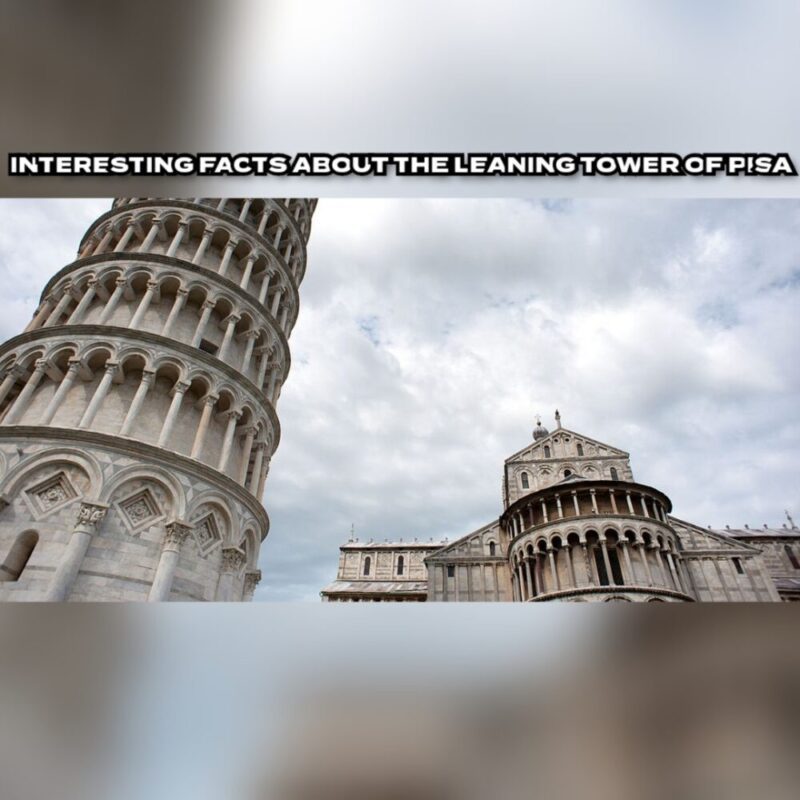Leaning Tower of Pisa has always been an attraction to the world because its lean 5.5 degree from the perpendicular direction. The popular Italian landmark is situated in Pisa, Italy. Did you know that this Italian landmark was built in three stages and in the duration of 199 years in total? The construction of the Tower of Pisa was started in 1173 on the ground floor. Then, the second floor was constructed in 1178 after which there was a pause. In 1272, the construction was resumed. And now, we have this famous Leaning Tower of Pisa right in front of our eyes. If you are looking to such interesting facts the architectural marvel Pisa, we have covered the most interest facts about the leaning tower of Pisa.
Leaning Tower of Pisa Facts:
The direction of the Leaning Tower of Pisa’s tilt was changed:
There was a point when the Leaning Tower of Pisa changed its direction when the construction of 2nd story was done, and 3rd story was about to start. It was leaning towards northward. But, fortunately when the construction of 4th, 5th, 6th and 7th stories was going on, it settled back to southward tilt. Since then, the tower remained in the same direction.
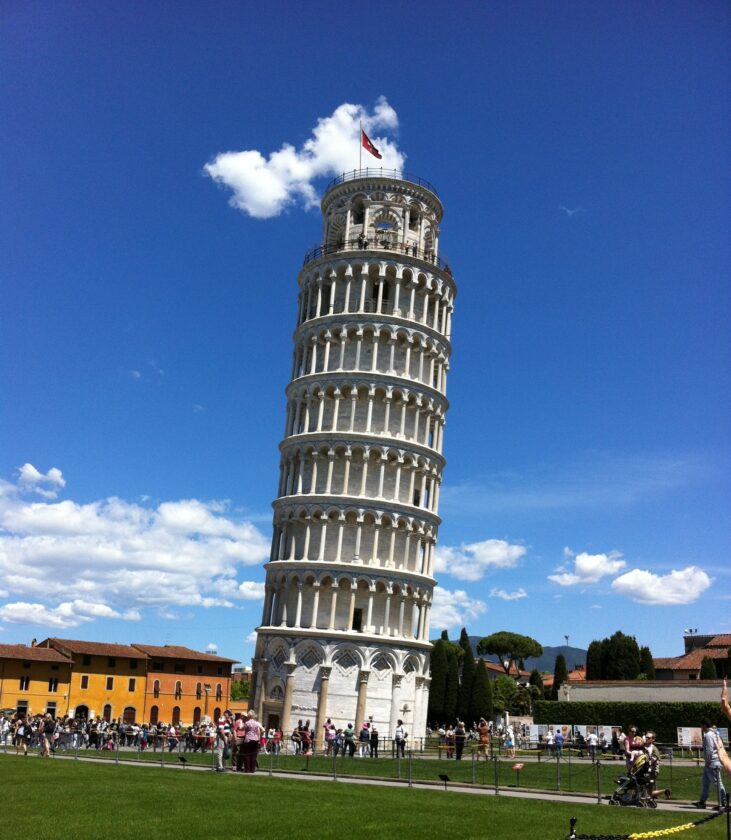
The crucial tilting point of the Leaning Tower of Pisa was 1990s:
As we have discussed in the above point that after the construction of the 2nd story, slight tilting started. Then, the bell chamber was developed, and the tilting got worse. In 1990s, the tilting point was highest. The lean in 1990 was about 15 feet from its base.
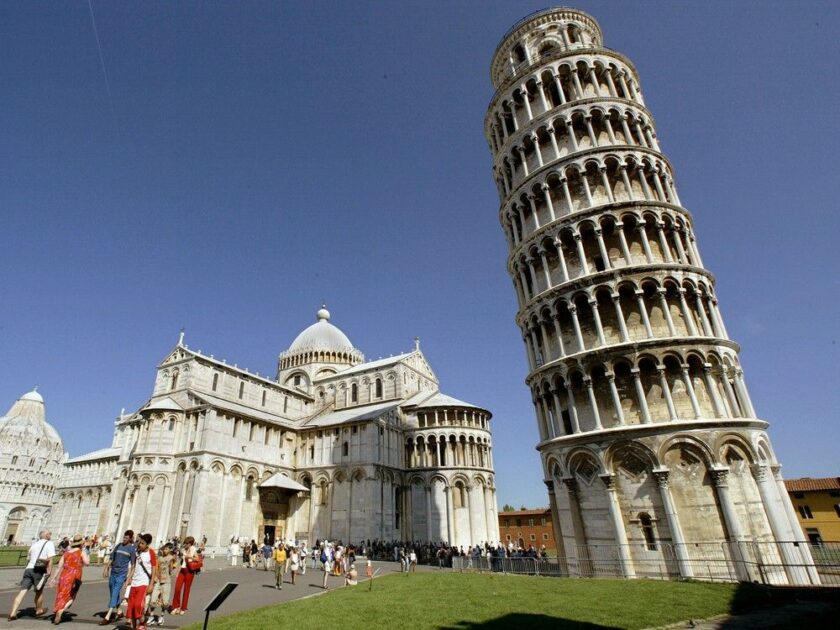
We can see other tilting towers in Pisa too:
The main point to highlight here is the fact that the city of Pisa is standing on the marshy lands, and this is the basic reason behind the leaning of towers which is natural and automatic. The other buildings that are leaning may include the bell tower at the church of St. Michele dei Scalzi and the bell tower of the church of San Nicola just because there is no firm stability on the ground of these buildings.
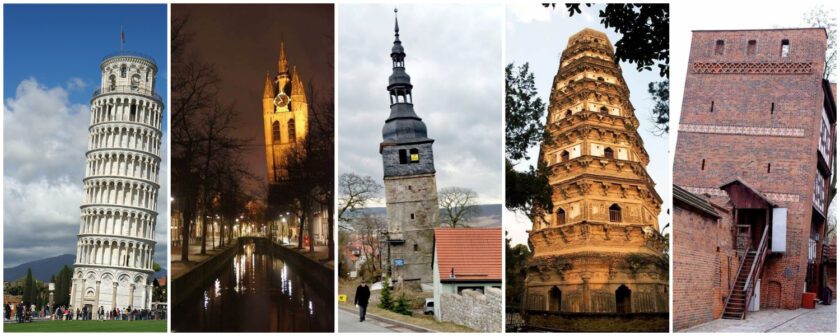
Prediction says it is capable of standing for another two centuries:
During the lean of the Leaning Tower of Pisa being in worse condition, the doors were shut for general public and the bells used to be silent. But the people were quite surprised of the fact that even after shocks of earthquakes or the leaning of the tower did not allow the tower to collapse even a little. A consultant in the tower’s reconstruction, John Burland predicted that the tower can stand for another two long centuries.
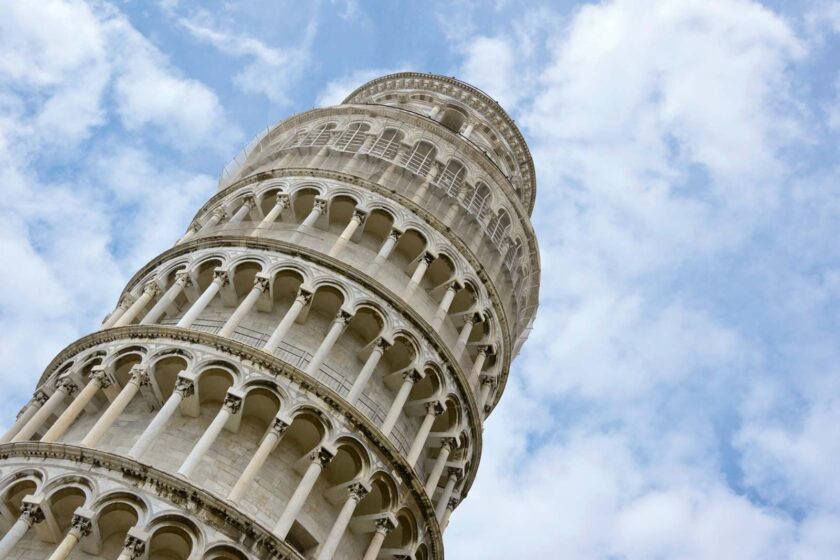
It is quite impossible to make the tower completely straight:
As we have already discussed that the main reason behind the leaning of such towers in Pisa is the soil of Pisa, the marshy land. Therefore, it would be really difficult for architects to make the buildings completely straight though the tower is quite stable at present.
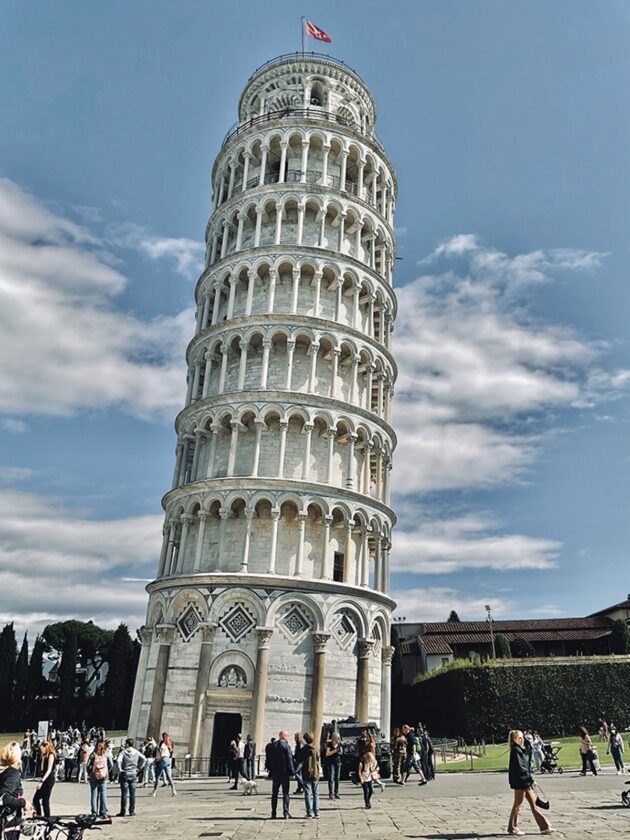
Leaning Tower of Pisa is one of the highly visited places:
Tourists are attracted towards the Leaning Tower of Pisa, and it is definitely worth visiting as well. The entry price is $20 offline per person which is quite affordable too. Those who visit Italy, visits this place as well.
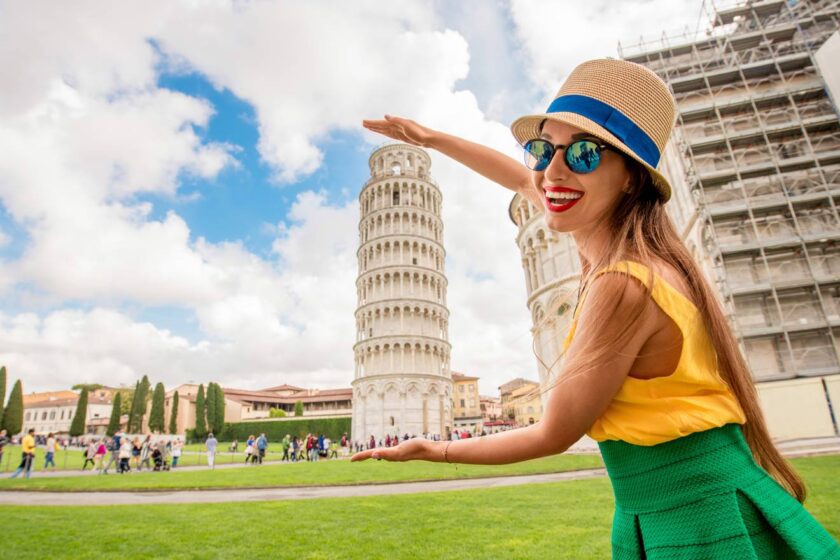
The tower has leaned in numerous directions:
Despite more than hundreds of engineers or architects tried to fix the leaning of the tower, it moved in one direction and when the reconstruction started, it moved back to the same direction till today though it is still not 100% straight.
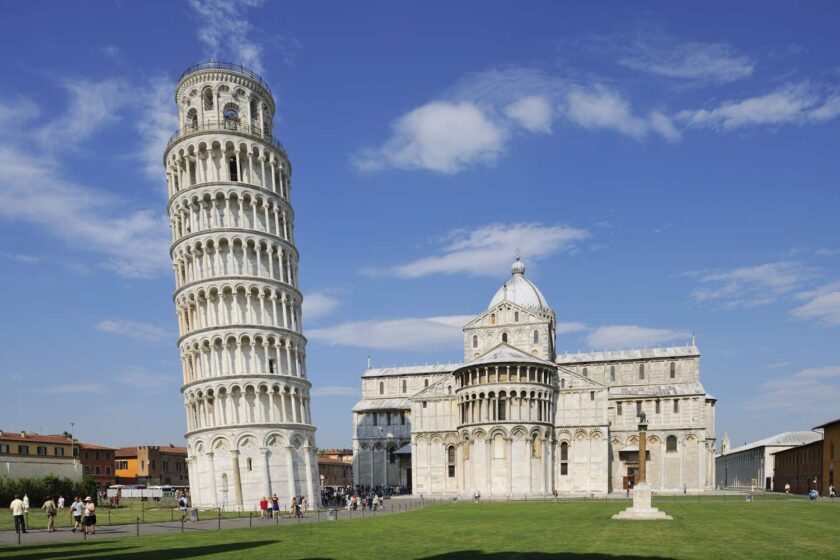
We can climb to the top of the tower:
Despite being famous for its unstable structure and leaning past, it is open for visitors, and we can really climb to the top of the tower. Monitoring carefully of the tower’s position and safety of all the visitors are done all the time constantly. There are a large number of visitors who climb to the top of the tower.
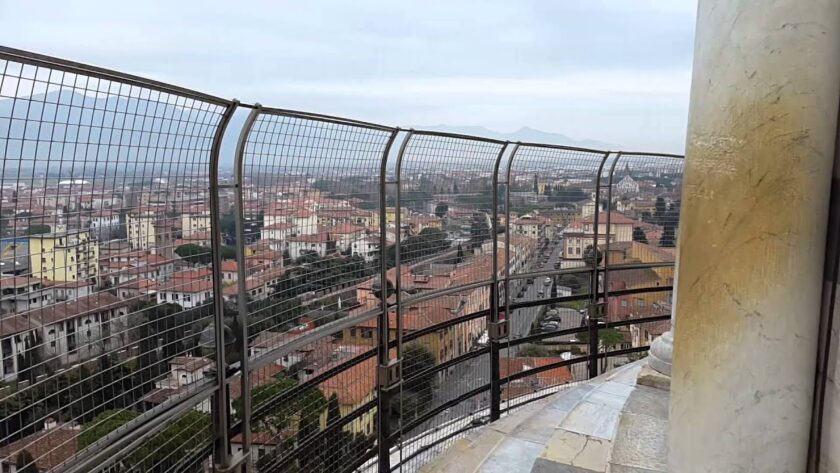
The tower is also curved:
Apart from just leaning in multiple directions, the Leaning Tower of Pisa is also curved structurally. People usually say that the reason behind the curved structure of the tower is when the engineers or architects were trying to fix the leaning of the tower initially. But building another floor led to the curved structure of the tower.
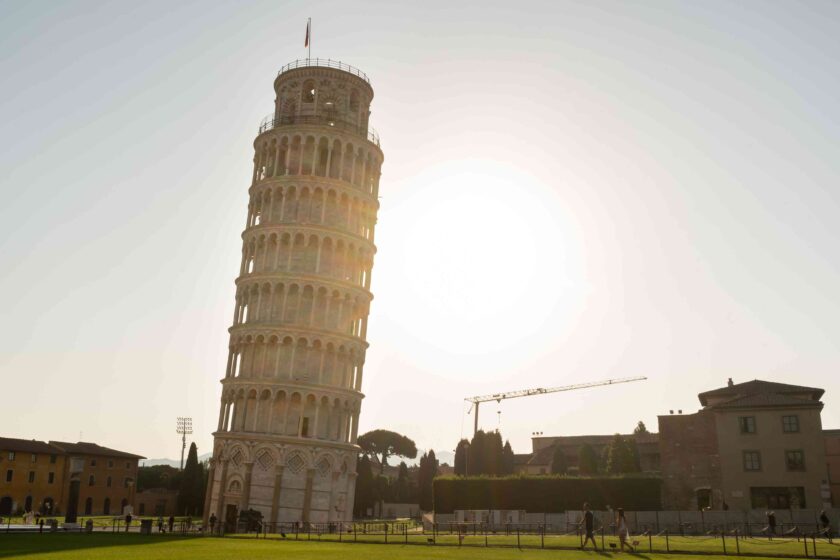
No lift for 296 steps to the tower:
Though the Leaning Tower of Pisa is completely open to visitors and people can really climb to the top and enjoy the beautiful view from the building but there is no lift available to climb about 296 steps. There is also a problem of counting the exact steps because some people count them as 294 steps or some say that there are 300 steps. No precise number is given though we can climb and find ourselves.
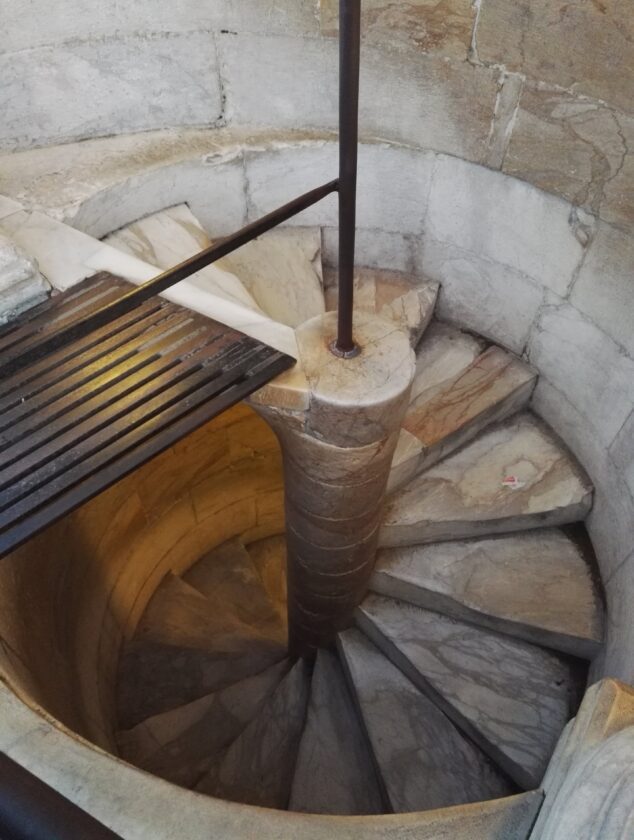
There are big seven bells on the top:
The seven bells are there on the top of the tower at over 50m above the ground. The bells today are operated by electromagnetic hammers that hit the bells to make the sound without the bell being disturbed and this helps the tower to remain undisturbed too.
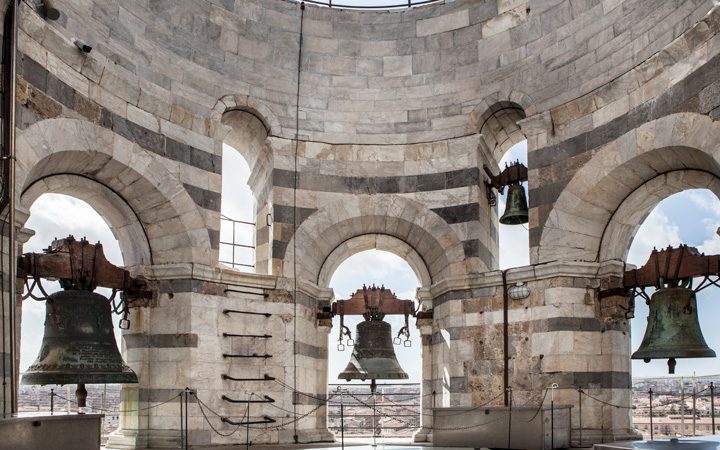
The 5th bell is for Easter day:
The 5th bell among the seven is most important because it rings on the Easter day, and it is also used to stand on the top of another building in Pisa where it was announcing the execution of traitors and criminals. This is the reason why this bell’s original name is La Giustizia which means The Justice.
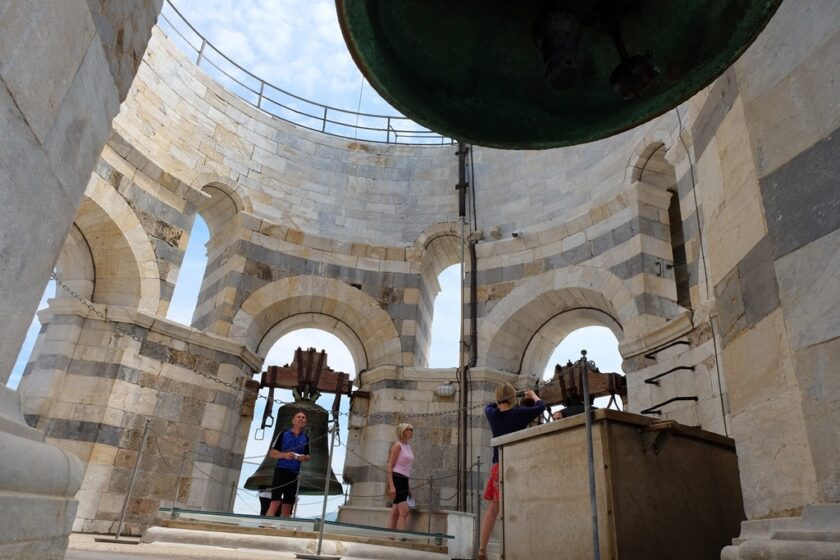
The Leaning Tower of Pisa was once used a military base in World War 2:
During the World War 2, the German army felt that the tower was a prime lookout point in World War 2 because such a tall tower gave the exact observation over the surrounding flat ground. This is why the Leaning Tower of Pisa was used as a military base in World War 2.
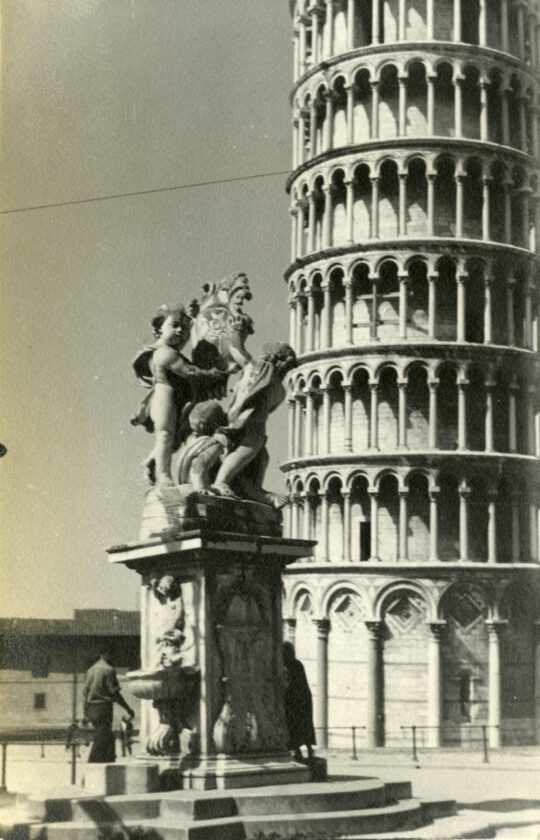
The marshy land itself is perhaps the protector of the tower:
From the day of the tower’s construction, there have been total four strong earthquakes and there was no harm to the tower which is again quite surprising. According to the International Information Centre for Geotechnical Engineers, “the stiffness of tower combined with the softness of the foundation ground causes the characteristics of a seismic vibration to be mitigated. This effect…functions in a way that the tower does not resonate with the ground motion and therefore the forces acting on the structural elements of construction are diminished.”

The Leaning Tower of Pisa has multiple names:
Some people call the Leaning Tower of Pisa as ‘The Tower of Pisa’. In Italian, people call it ‘La Campenile de Pisa’, ‘La Torre Pendente’ or ‘La Torre de Pisa’. In addition, the pronunciation of Pisa is rather ‘PEE-zah’ than ‘PEE-sah’.
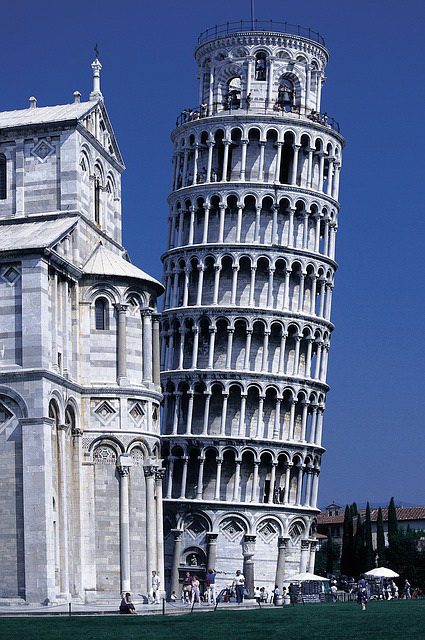
The Leaning Tower of Pisa is also a UNESCO World Heritage Site:
The Piazza del Duomo came in the list of UNESCO World Heritage Site in the year 1987 and the monuments or buildings of Piazza del Duomo may include the cathedral, the Leaning Tower of Pisa, the baptistery and the cemetery.
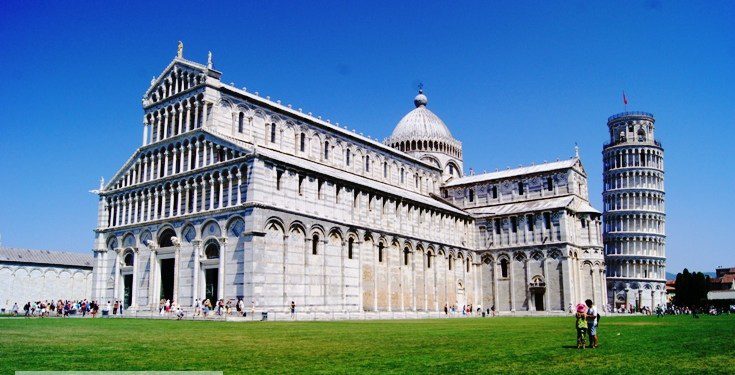
1. In how many years the Leaning Tower of Pisa was built?
It was built in three stages and in the duration of 199 years in total. The construction was started in 1173 on the ground floor. Then, the second floor was constructed in 1178 after which there was a pause. In 1272, the construction was resumed.
2. How many steps are there to climb the Leaning Tower of Pisa?
There are 296 steps but there is also a problem of counting the exact steps because some people count them as 294 steps or some say that there are 300 steps. No precise number is given though we can climb and find ourselves.
3. How many bells are there on the top of the Leaning Tower of Pisa?
The seven bells are there on the top of the tower at over 50m above the ground. The bells today are operated by electromagnetic hammers that hit the bells to make the sound.
4. Is the Leaning Tower of Pisa stable currently?
Yes, the Leaning Tower of Pisa is stable currently and the prediction says it is capable of standing for another two centuries.
5. Is the Leaning Tower of Pisa open to visitors at present?
Yes, the Leaning Tower of Pisa is one of the highly visited places. Tourists are attracted towards it, and it is definitely worth visiting as well. The entry price is $20 offline per person which is quite affordable too. Those who visit Italy, visits this place with same excitement.
6. Is it possible for the Leaning Tower of Pisa to stand straight?
No, it is quite impossible to make the tower completely straight. The main reason behind the leaning of such towers in Pisa is the soil of Pisa, the marshy land. Therefore, it would be really difficult for architects to make the buildings completely straight.

